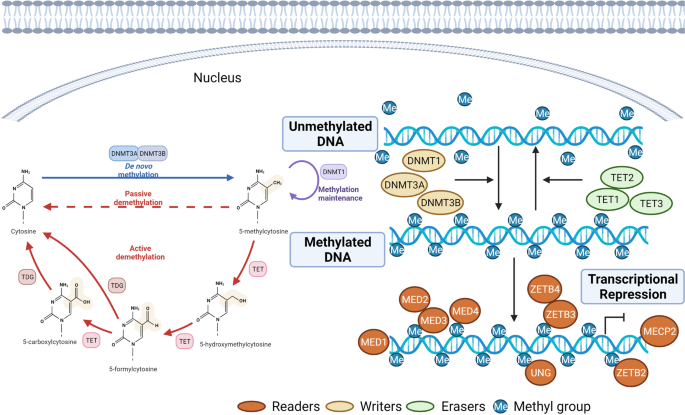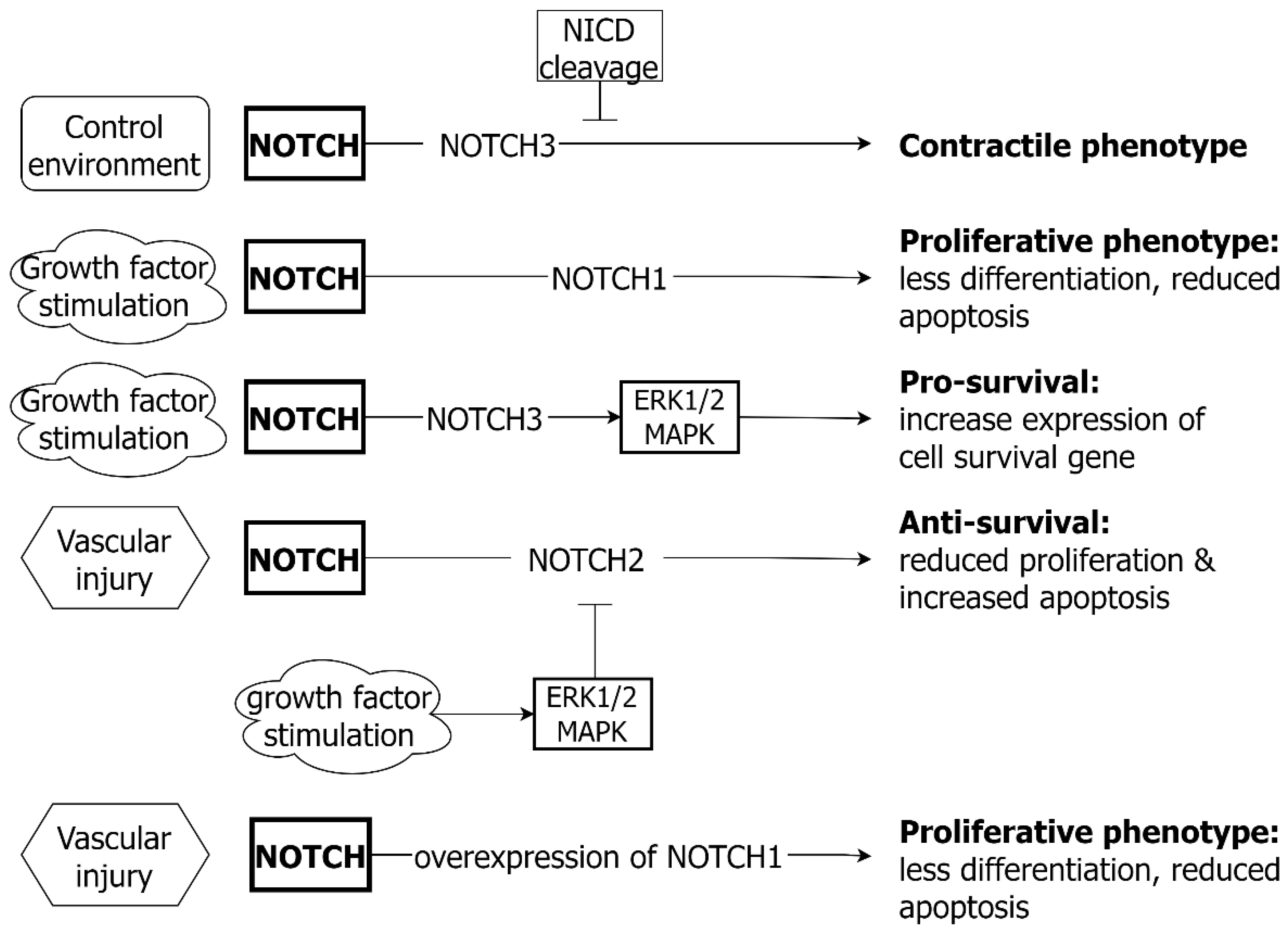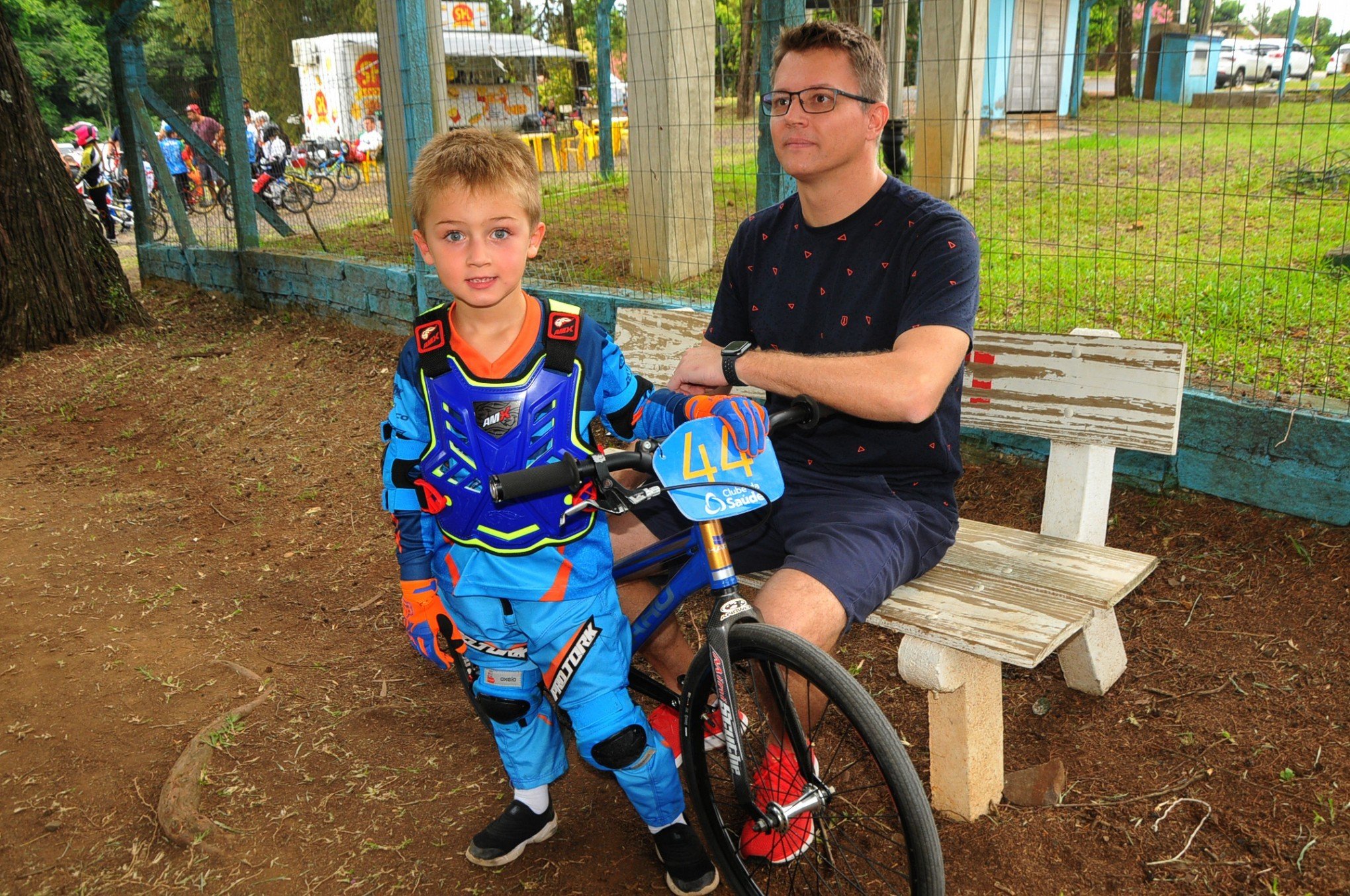Molecular Mechanisms in Genetic Aortopathy–Signaling Pathways and Potential Interventions
Por um escritor misterioso
Descrição
Thoracic aortic disease affects people of all ages and the majority of those aged <60 years have an underlying genetic cause. There is presently no effective medical therapy for thoracic aneurysm and surgery remains the principal intervention. Unlike abdominal aortic aneurysm, for which the inflammatory/atherosclerotic pathogenesis is well established, the mechanism of thoracic aneurysm is less understood. This paper examines the key cell signaling systems responsible for the growth and development of the aorta, homeostasis of endothelial and vascular smooth muscle cells and interactions between pathways. The evidence supporting a role for individual signaling pathways in pathogenesis of thoracic aortic aneurysm is examined and potential novel therapeutic approaches are reviewed. Several key signaling pathways, notably TGF-β, WNT, NOTCH, PI3K/AKT and ANGII contribute to growth, proliferation, cell phenotype and survival for both vascular smooth muscle and endothelial cells. There is crosstalk between pathways, and between vascular smooth muscle and endothelial cells, with both synergistic and antagonistic interactions. A common feature of the activation of each is response to injury or abnormal cell stress. Considerable experimental evidence supports a contribution of each of these pathways to aneurysm formation. Although human information is less, there is sufficient data to implicate each pathway in the pathogenesis of human thoracic aneurysm. As some pathways i.e., WNT and NOTCH, play key roles in tissue growth and organogenesis in early life, it is possible that dysregulation of these pathways results in an abnormal aortic architecture even in infancy, thereby setting the stage for aneurysm development in later life. Given the fine tuning of these signaling systems, functional polymorphisms in key signaling elements may set up a future risk of thoracic aneurysm. Multiple novel therapeutic agents have been developed, targeting cell signaling pathways, predominantly in cancer medicine. Future investigations addressing cell specific targeting, reduced toxicity and also less intense treatment effects may hold promise for effective new medical treatments of thoracic aortic aneurysm.

Large Vessel Cell Heterogeneity and Plasticity: Focus in Aortic Aneurysms

Anti-TGFβ (Transforming Growth Factor β) Therapy With Betaglycan-Derived P144 Peptide Gene Delivery Prevents the Formation of Aortic Aneurysm in a Mouse Model of Marfan Syndrome

Peptides from Harpadon nehereus Bone Ameliorate Angiotensin II-Induced HUVEC Injury and Dysfunction through Activation of the AKT/eNOS and Nrf2 Pathway

Wnt signaling in cardiovascular physiology

Epigenetic regulation in cardiovascular disease: mechanisms and advances in clinical trials

The genetics and biomechanics of thoracic aortic diseases in: Vascular Biology Volume 1 Issue 1 (2019)

The genetic basis of thoracic aortic disease: The future of aneurysm classification? - ScienceDirect

IJMS, Free Full-Text

Noncanonical TGFβ Signaling Contributes to Aortic Aneurysm Progression in Marfan Syndrome Mice

The role of Wnt signalling in development of coronary artery disease and its risk factors
de
por adulto (o preço varia de acordo com o tamanho do grupo)







